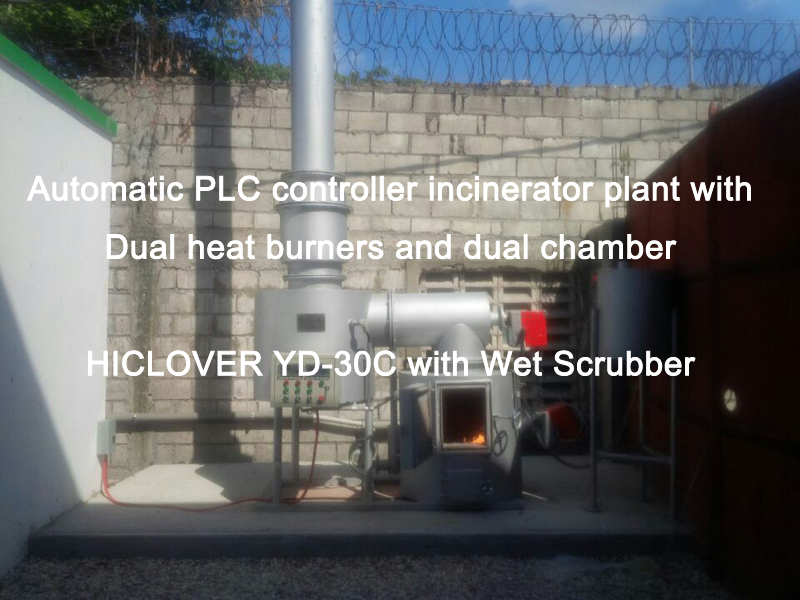Hospitals generate a large amount of waste on a daily basis, and it is essential for this waste to be properly classified and disposed of in order to protect public health and the environment. Hospital waste can include a wide variety of materials, ranging from general waste to hazardous and infectious waste. In this article, we will break down the classifications of hospital waste in order to provide an essential overview of this important topic.
1. General Waste: General waste, also known as non-hazardous waste, includes materials such as paper, cardboard, plastic, and food waste. This type of waste can be disposed of in regular landfill sites, as it does not pose a risk to public health or the environment.
2. Infectious Waste: Infectious waste, also known as biomedical waste, includes materials that have the potential to cause infection or disease. This type of waste can include used needles, bandages, and other items that have come into contact with bodily fluids. Infectious waste must be carefully handled and disposed of in order to prevent the spread of infection. It is typically treated using methods such as autoclaving or incineration before being disposed of in a secure landfill.
3. Hazardous Waste: Hazardous waste includes materials that are toxic, flammable, corrosive, or reactive. This type of waste can include chemicals, pharmaceuticals, and radioactive materials. Hazardous waste must be carefully managed in order to prevent harm to human health and the environment. It is typically disposed of using specialized treatment methods, such as high-temperature incineration or chemical stabilization, before being sent to a hazardous waste landfill.
4. Sharps Waste: Sharps waste includes materials such as needles, syringes, and scalpels that have the potential to cause injury or infection. Sharps waste must be carefully handled and disposed of in puncture-resistant containers in order to prevent accidental needle sticks and the spread of infection. This type of waste is typically treated using methods such as autoclaving or shredding before being disposed of in a secure landfill.
Properly classifying and managing hospital waste is essential in order to protect public health and the environment. Hospitals must have robust waste management systems in place to ensure that all waste is handled, stored, and disposed of in a safe and responsible manner. This includes providing staff with comprehensive training on waste classification and segregation, as well as implementing strict disposal protocols to prevent contamination and pollution.
In conclusion, understanding the classifications of hospital waste is essential for ensuring that waste is managed in a safe and responsible manner. By carefully classifying and disposing of hospital waste, we can protect public health and the environment while promoting a clean and safe healthcare environment for all.



